In today’s hyper-coupled world, we constantly bombed information, email, and social media. While technology has improved many ways in our lives, excessive screen time has also increased the level of anxiety, stress, and even depression. The concept of a digital detox has gained popularity as a way to improve step-mental welfare from digital devices. But does it work? How do you reduce screen time by reducing anxiety? This article examines the benefits of a digital detox and provides practical steps to have a healthy relationship with technology.
The link between Digital Overload and Anxiety
How screen time affects excessive mental health
Studies have shown that digital devices, especially social media, contribute to excessive use, stress, and an increase in anxiety. This way:
- Constant notifications and information overload – continuous ping and alerts create a sense of pressure and cause mental exhaustion.
- Comparison of social media and FOMO (fear of missing) – seeing the course height points of the lives of others often causes feelings of inadequacy.
- Low attention duration and focus – continuously distracted from the concentration of screen loss and productivity.
- Disturbed sleep patterns – blue light from the screen interferes with melatonin production, causing sleep quality to get worse.
- Lack of interaction between real life and more dependence on digital communication weakens the social skills of the real world and increases feelings of loneliness.
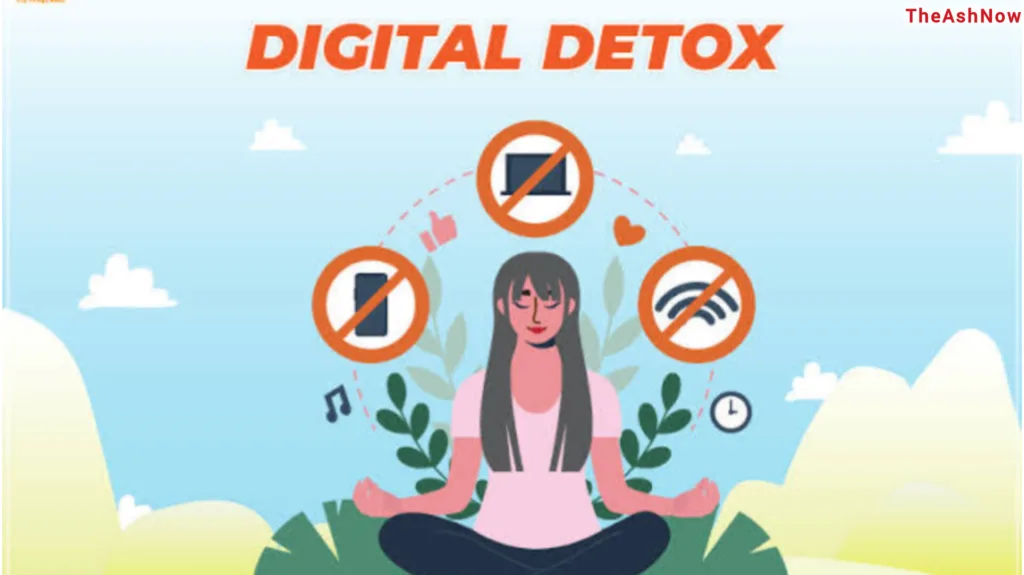
What is a digital detox?
A Digital Detox refers to conscious breaks from digital devices such as smartphones, laptops, tablets, and TV devices. The goal is to disconnect the digital world and focus on interactions with real life, hobbies, and mental welfare.
Types of digital detox
- Full Digital Detox – a full break from all digital devices in a fixed period (eg 24 hours, a weekend, or long).
- Partial Digital Detox – Limit of specific activities such as social media or e-post with work in a specified time.
- Mindful Digital Detox – Use technology More consciously, such as screen schedule, and avoid mindless rolling.
The benefits of a digital detox to reduce anxiety
- Better focus and productivity
- Reducing screen time reduces distraction, which helps you focus better on work, studies, or individual projects. This leads to an increase in efficiency and a sense of performance.
- Better sleep quality
- A digital detox, especially before bedtime, helps regulate melatonin production and promotes deep, more restructuring.
- Increased social connections in real-life
- Spending a short time online encourages more meaningful interactions with family, friends, and colleagues, and strengthens emotional ties.
- Reduce anxiety and stress.
- Going away from social media reduces contact compared to negative news, online conflict, and unrealistic lifestyles. It reduces a calm mind and stress level.
- Mindfulness and appearance
- Achieving offline activities such as reading, meditating or training promotes a good sense of mindfulness and self-insight.
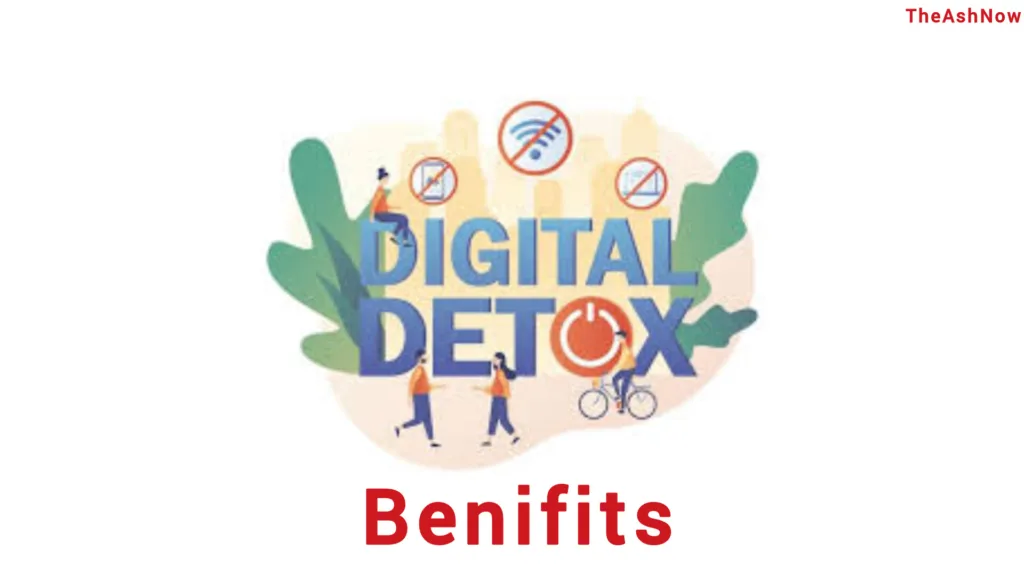
Practical steps to start a digital detox
- Enter the screening deadline
- Use settings or apps such as Moments, freedom, or Forest to track and limit daily screen time.
- Make take-free zone
- Nominee some areas of your home, such as a dining table or bedroom, as a screen-free zone to encourage interaction in real life.
- Install digital curfew
- Set a rule to stop using digital devices at least one hour before bedtime to improve the quality of sleep.
- Engaged in offline activities
- As a change screen with hobbies:
- Read physical books
- Exercise
- Ironing or creative writing
- Spend time out
- Try a detox on social media
- Take a break from social media for a few days or limit daily use. Uninstalling temporarily can help resist the urge to browse carefully.
- Practice 20-20-20 rules
- To reduce eye stress, follow this simple rule: every 20 minutes, look at something 20 meters away for 20 seconds.
- Use the “Do Not Disturb” mode.
- Close unnecessary notifications and enable “Do not disturb” during work or rest time.

To challenges in digital detox
- Fear of Missing (Fomo)
- Remind yourself that most of the online material is cured and that you find nothing important by taking a break.
- Digital addiction related to work
- If your job requires screen time, set the specified work for hours and schedule breaks.
- Gradually detox approach
- Instead of leaving cold turkey, start with small stages, such as reducing screen time to 30 minutes daily.
Frequently Asked Questions (Common Questions)
1. How long should the digital detox last?
There is no particular rule. A digital detox can be reduced by a few hours or several weeks. Start with small breaks and gradually increase the period.
2. Will a digital detox eliminate anxiety?
A digital detox can significantly reduce anxiety, but cannot eliminate it. Other factors, such as lifestyle options, diet, and mental health practice, also play a role.
3. Can I do a digital detox while working in technology-related jobs?
Yes! You can determine boundaries, plan technical hours, and take breaks using non-essential screens to maintain balance.
4. Is a digital detox that is beneficial for children and young people?
Absolutely! Reducing screen time helps improve focus, sleep, and social skills in young individuals. Parents can set boundaries and encourage external activities.
5. How can I encourage my family or friends to try digital detox?
LED by example! Share benefits and suggest fun activities such as game evenings or nature excursions.
Conclusion
A digital detox is not quite about leaving technology, but about creating a healthy, more desired relationship with it. By taking regular breaks from the screen, you can reduce anxiety, improve focus, get better sleep, and increase your interaction with real life. Start with small steps, be consistent, and notice a positive effect on your mental welfare.
Try the 24-hour digital detox challenge and share your experience in the comments below! How does it affect your mood and productivity?

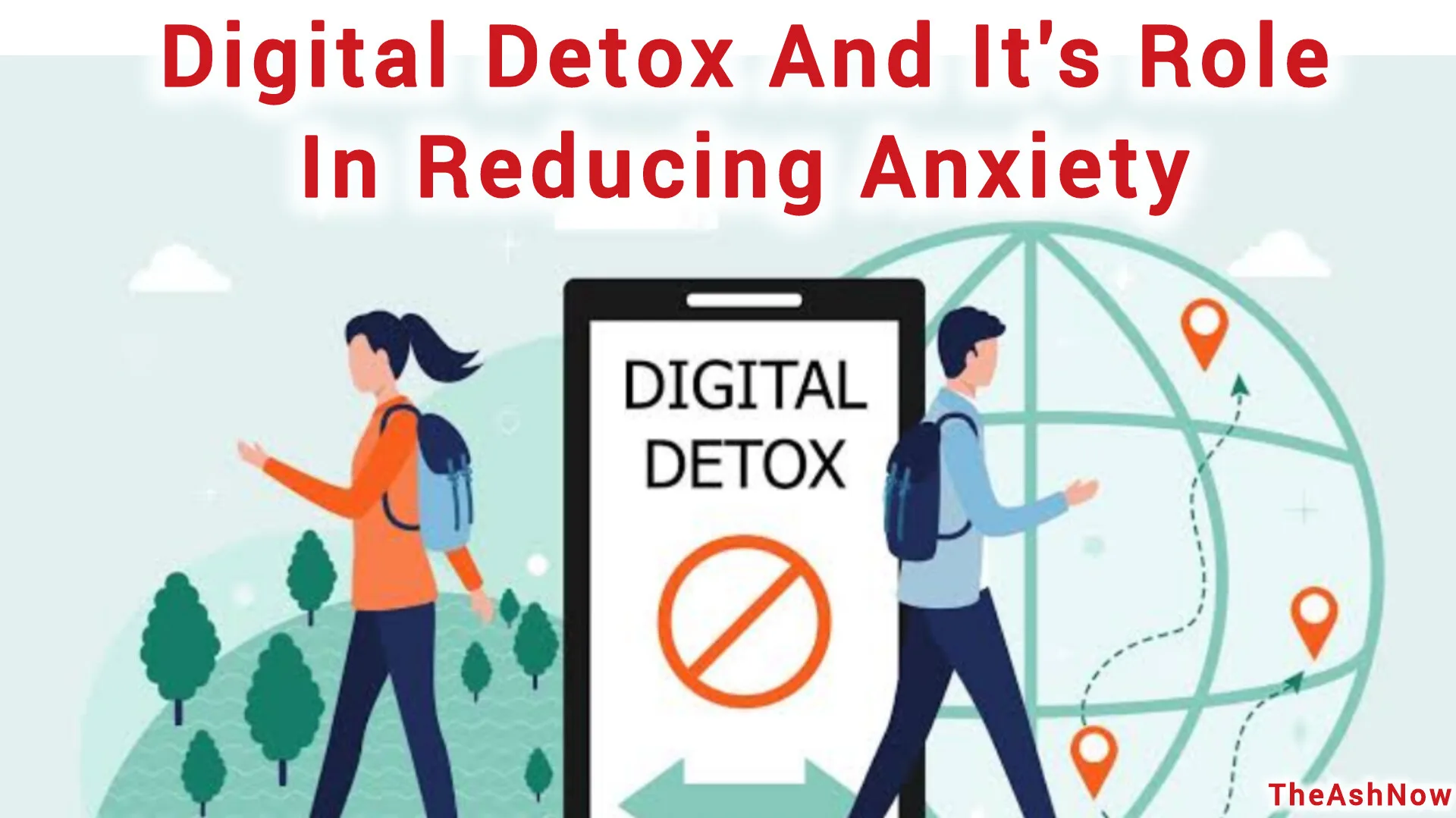
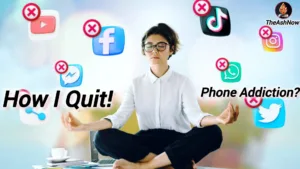
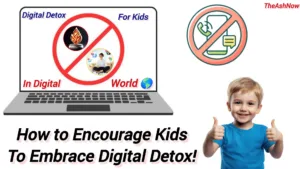


1 thought on “Digital Detox and Its Role in Reducing Anxiety”